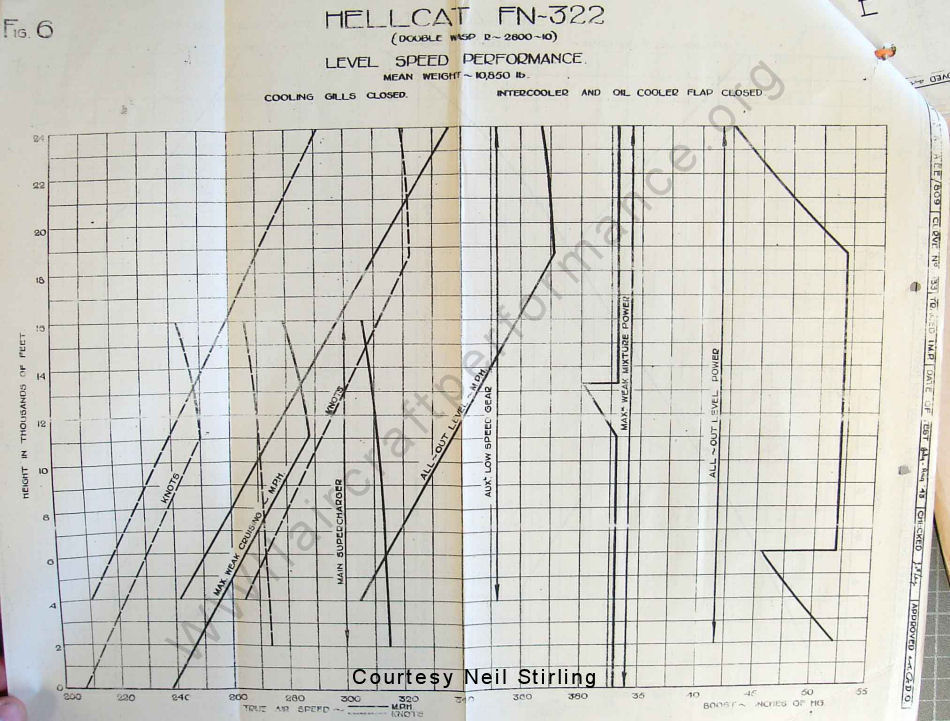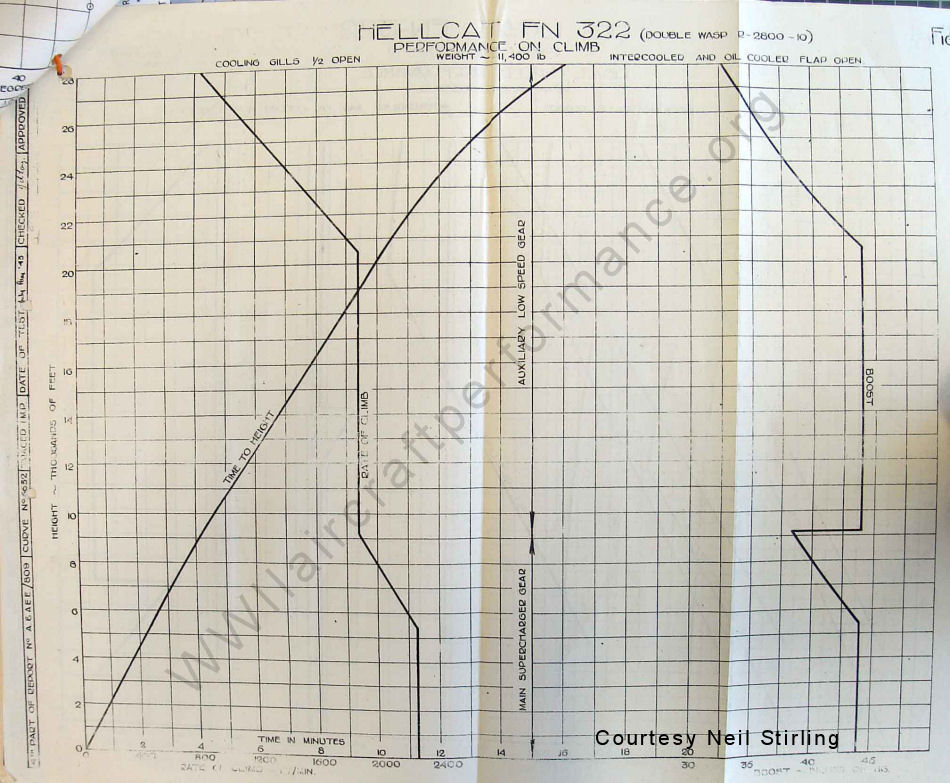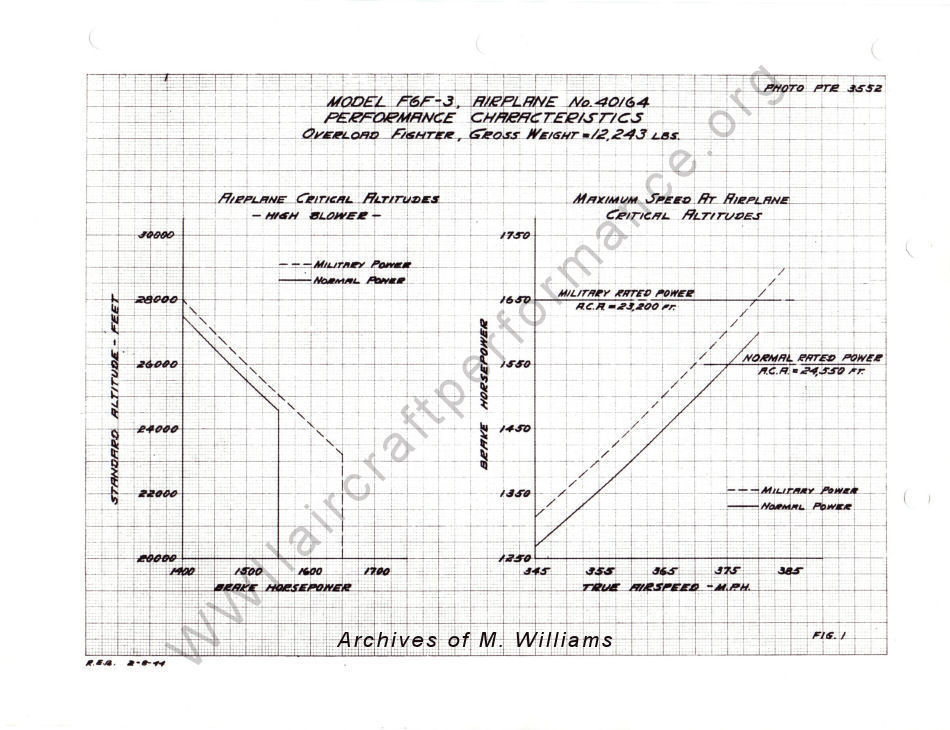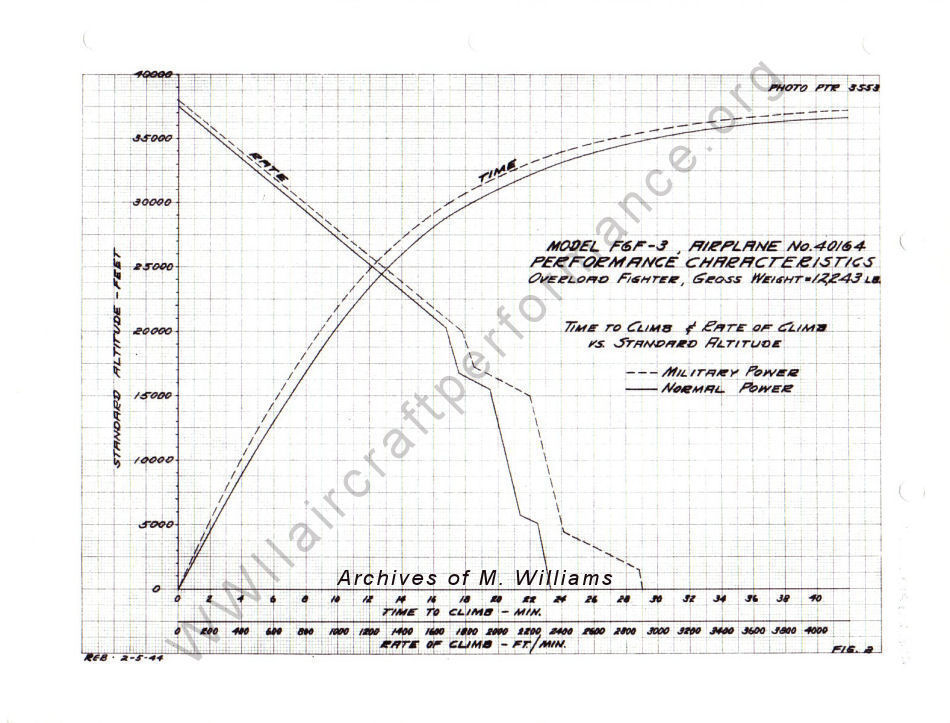History
Design and development
Since 1938, Grumman had been working on a new fighter after the F4F Wildcat. Satisfied with the design proposal, the US Navy awarded a contract to Grumman to develop the XF6F-1 prototype on June 30, 1941. This XF6F-1 was fitted with a Wright R-2600 Cyclone engine of 1,700 hp.
War over the Pacific has revealed the US Navy’s need for a powerful fighter to counter Japan’s air superiority, mainly due to A6M Zero fighters, and replace their Grumman F4F Wildcats. Although the A6M Zeroes are more maneuverable and possess a better rate of climb than Grumman F4F Wildcats, the Wildcats did have some advantages over the Zeroes with their superior armor, heavy armament, and dive rate. Using these advantages as lessons, Grumman retained these features to develop the next XF6F-3 prototype fitted with the new Pratt & Whitney R-2800 Double Wasp.
The Cyclone-powered XF6F-1 with serial # 02981 concluded its first test flight on June 26, 1942; One month later, the Double Wasp-equipped XF6F-3 with serial # 02982 made its first test flight on July 30, 1942. The USN was satisfied with the results of test flights and immediately gave Grumman a contract to initiate a large-scale production of the F6F-3 Hellcat.
Operational Service (1942-1945)
The first production F6F-3 made its first flight on October 3, 1942. The first batch of fresh F6F-3s was delivered to VF-9 on USS Essex (CV-9) in February 1943. The USN enjoyed the flight qualities of the F6F-3 compared with the Vought F4U-1 Corsair since the F6F-3 was more successful at carrier landings and tough enough to withstand rigorous carrier operations. The USN transferred the Corsairs to the USMC stationed in the South Pacific after being unsatisfied with the Corsairs in carrier landing trials.
The F6F-3s had their first combat in a raid against the Japanese bases on Marcus Island on August 31, 1943, from Yorktown (CV-10). They destroyed eight twin-engine bombers on the ground with only two losses to anti-aircraft fire and one loss to engine trouble. Then, on September 1, 1943, a Hellcat, operating from USS Independence (CVL-22), managed to score its first aerial kill, claiming a Kawanishi H8K ‘Emily’ flying boat over Howland and Bakers Islands.
Another large-scale carrier operation began in October 1943 with a strike against a Japanese base on Wake Island. Four carriers launched squadrons of Hellcats and bombers on October 5 at early dawn. When they were within 50 miles away, they got detected by Japanese radar on the island, and the Zeroes scrambled and were en route to intercept them. The aftermath of raids showed that the F6F-3 Hellcats destroyed 22 of 34 Zeroes from the island, with only 12 American planes lost - 6 to the Zeroes and 6 to AA gunfire.
In early November, the USN launched a strike on a large Japanese base at Rabaul, New Britain. F6F-3s and F4U Corsairs engaged in day-long fights with numerous Zeros. Again, the Hellcats overmatched the Zeroes and claimed nearly 50 kills alongside the Corsairs for a few Allied losses. Other squadrons of F6F-3 Hellcats saw significant action over Tarawa, participating in dogfights and ground attacks to support amphibious landings. In one of the raids, the F6F-3s achieved a significant aerial victory against the Japanese aircraft over Tarawa; they engaged in a dogfight with Zeros and claimed 30 kills with one loss of an F6F-3.
The F6F-3 Hellcats proved superior to their Japanese opponent in almost all performance categories, including at high altitudes. Only the Zeroes could out-turn the Hellcats at slower speeds, retaining that advantage throughout the war; however, this advantage got nullified as pilots of the Hellcats were avoiding Zeroes in turn fighting and using their high-speed performance to engage them at favorable conditions. The lightly armored Zeroes were also no match for the Hellcats’ six .50-cal guns.
The F6F-3 Hellcats were involved in almost all engagements with the Japanese aircraft from these years onward. The F6F-3s were the primary fighters during the Battle of the Philippine Sea, where they shot down many Japanese aircraft. That aerial part of the battle was nicknamed the Great Marianas Turkey Shoot. The Hellcat became the ace-maker aircraft in the US military inventory with 306 Hellcat aces, a spectacular record.
F6F-3s served and received a minor modification throughout the war and its end; however, in the middle of 1944, Grumman introduced the F6F-5 into the service. The F6F-5’s important feature was its versatility; it could carry rockets and more bombs. This was emphasized because the F6F-5’s versatility reduced the number of bombers on the carriers. In exchange, these Hellcats could carry out a variety of missions.
Grumman built a total of 4,402 F6F-3s and completed its production in April 1944, and then Grumman switched its production to the F6F-5, eventually producing up to 12,275 as a total (the last F6F-5 was built in November 1945).
The Hellcats claimed the aerial victories of 5,203 Japanese aircraft in the Pacific and 13 German aircraft in Europe for a loss of only 270 F6Fs. Hence, this is a kill-loss ratio of 19 to 1. The Hellcats were excellent escort fighters for the carrier-based strike aircraft. Only 42 carrier-based bombers or torpedo aircraft are known to have been lost to the Japanese aircraft in the air, with the Hellcats in service from 1943 to 1945.



























